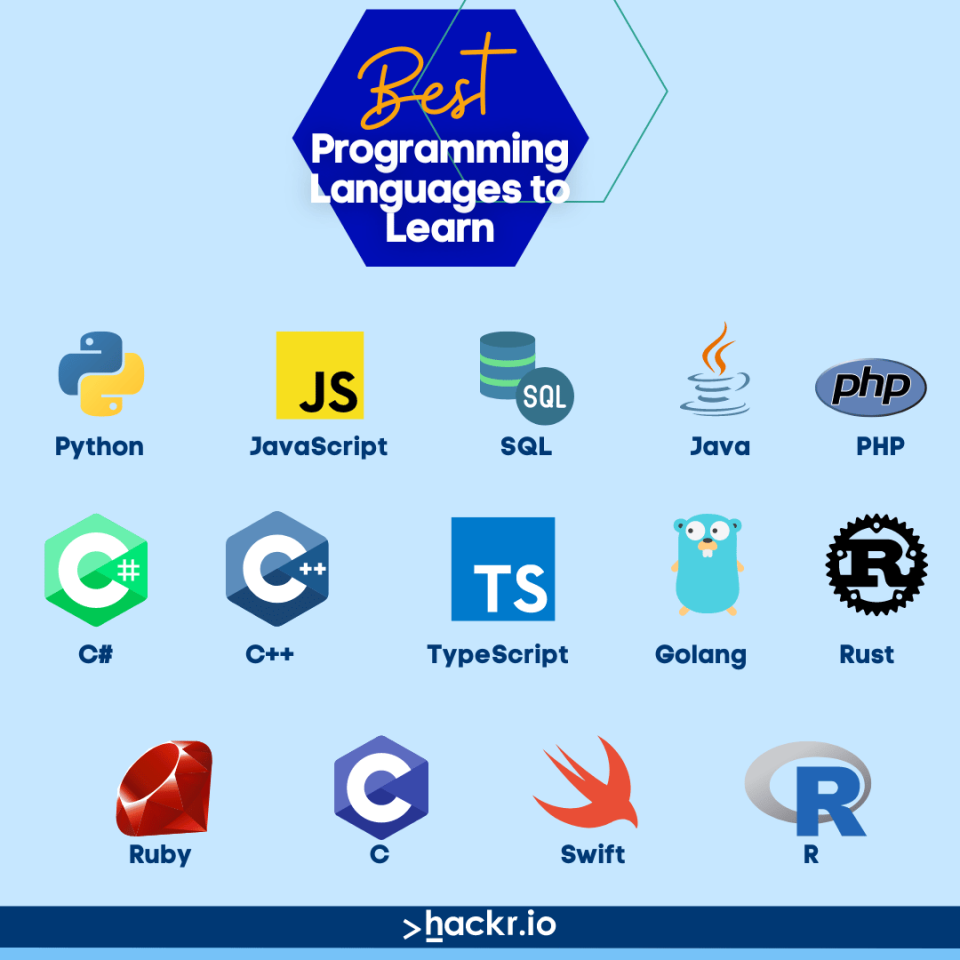All about Transistor

A transistor is a fundamental electronic device that plays a pivotal role in modern technology. Developed in the mid-20th century, transistors revolutionized the field of electronics by replacing bulky and less efficient vacuum tubes. Transistors are integral components in various electronic devices, serving as amplifiers, switches, and signal modulators. In this comprehensive discussion, we will explore the different types of transistors, their working principles, applications, and the impact they have had on technology. I. Introduction to Transistors A. Definition and Origin A transistor is a semiconductor device that regulates the flow of electrical current. The term "transistor" is derived from its primary functions: "transfer" and "resistor." The first practical transistors were developed at Bell Labs in the late 1940s, marking a significant advancement in electronic technology. B. Importance in Electronics Transistors are the building blo...





